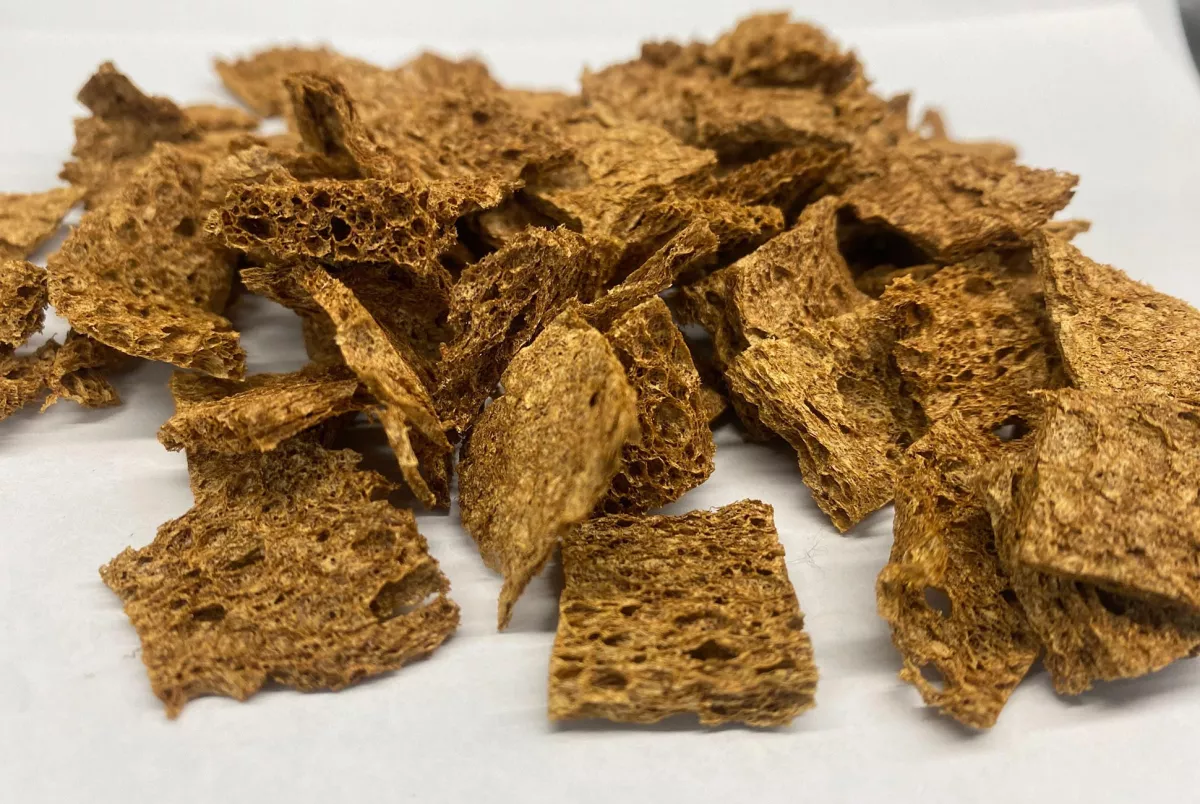Scientists develop "smart sponge" capable of absorbing pollutants from contaminated waterways
Researchers are developing innovative methods to combat pollution in waterways caused by agricultural runoff, industrial waste, and harmful algae blooms. One promising solution comes from the Northwestern University in the US state of Illinois, where scientists have created a specialized, reusable sponge that can absorb and release pollutants such as phosphate, copper, and zinc. This advancement not only helps clean water but also enables the recovery of valuable resources, making the process more sustainable and cost-effective compared to traditional, single-use methods.
The sponge is coated with nanoparticles that attract contaminants, allowing it to effectively capture metals and nutrients. According to an article published on the SciTechDaily website, previous versions of the sponge were successful at removing lead, microplastics, and oil from water. By adjusting pH levels, the captured materials can be released for reuse instead of being discarded. This approach, detailed in a study published in the American Chemical Society’s Environmental Science & Technology Water, presents a tailored method for addressing specific pollutants, particularly those affecting Chicago’s waterways.
The lead researcher, Professor Vinayak Dravid, describes the sponge technology as a “Swiss Army knife” due to its adaptability. It can function as a general-purpose absorbent or be customized to target specific groups of contaminants such as metals, plastics, or nutrients. The technology has gained interest from the stormwater treatment company StormTrap, LLC, which approached Dravid’s team to develop a solution for three pollutants—copper, zinc, and phosphate—prevalent in Chicago’s water.

The Environmental Protection Agency (EPA) sets permissible levels for pollutants based on human health standards, but these levels often exceed what is needed to prevent environmental damage, such as algae blooms. A more refined approach to removing pollutants could help address these concerns and improve overall water quality.
Initially designed as a polyurethane-based sponge that absorbed oil and repelled water, the latest version is a hydrophilic cellulose sponge with an improved coating that targets a broader range of pollutants. Its porous structure provides a large surface area, enhancing its absorption capabilities. One key advantage of this technology is its ability to recover valuable minerals, an increasingly important feature as natural resources deplete.
Ph.D. student Kelly Matuszewski played a crucial role in refining the recovery process. She discovered that lowering the pH causes the sponge to release copper and zinc, while raising the pH subsequently releases phosphate. Even after five cycles of absorption and release, the sponge remained highly effective, demonstrating its long-term viability.
Real-World Applications
With its successful lab results, the sponge is now moving toward real-world applications. The partnership with StormTrap will allow researchers to test the sponge in varied environmental conditions, assessing how much contamination it can handle. This phase is crucial for transitioning the technology from controlled experiments to large-scale water treatment solutions.
Matuszewski, a finalist in the FoundHer Spotlight competition, will present her research in March, competing against other early-career women scientists. Her work represents a significant step forward in sustainable water treatment, demonstrating how innovation can help clean polluted waterways while recovering essential resources for reuse.
By Nazrin Sadigova








